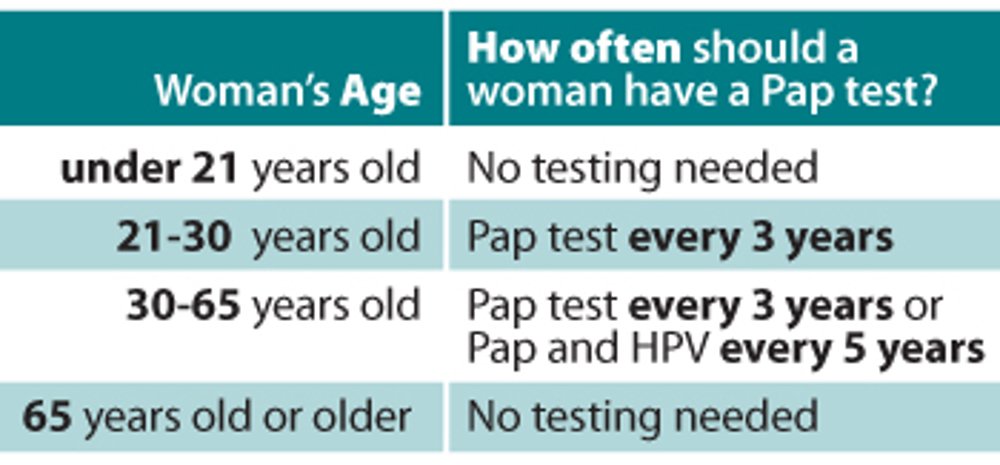
What is cervical cancer?
Cervical cancer is a type of cancer that occurs in the cells of the cervix — the lower part of the uterus that connects to the vagina.
It is one of the most common cancers in women worldwide, particularly in sub-Saharan Africa, where it often remains undiagnosed until it’s in advanced stages.
Following are some some of the alarmig statistics about cervical cancer in sub-Saharan Africa (SSA):
- Sub-Saharan Africa alone accounts for 70% of all the global cervical cancer cases and deaths
- Cervical cancer occurs in SSA a little more than twice as often as in the rest of the world (27.6 per 100,000 women compared to 13.6 per 100,000).
- The mortality rate for cervical cancer is nearly 3 times that of the rest of the world (20.0 per 100,000 women vs 7.3 for the rest of the world)
Causes of cervical cancer
The primary cause of cervical cancer is long-term infection with certain types of the human papillomavirus (HPV).
HPV is a sexually transmitted infection, and although most people who have HPV don’t develop cancer, the virus can cause abnormal changes in cervical cells, leading to cancer over time.
The natural history of cervical cancer - Without early diagnosis and effective treatment
Without early detection and effective treatment, cervical cancer progresses through distinct stages:
- Cervical dysplasia: Precancerous changes in the cervix that can last for years.
- Early-stage cancer: The cancer is confined to the cervix and might be treated effectively.
- Advanced cancer: The cancer spreads to other parts of the body, becoming much harder to treat and often fatal.
Without treatment, cervical cancer can lead to severe pain, bleeding, organ failure, and death.
The different stages of cervical cancer

How is cervical cancer managed - treated, and for how long?
Cervical cancer is most effectively managed when detected early. Regular screening, like Pap smears or HPV testing, can detect precancerous changes in the cervix. When cancer is detected, treatments may include:
- Surgery: Removing the cancerous tissue or the entire uterus (hysterectomy).
- Radiation therapy: Using high-energy rays to target and kill cancer cells.
- Chemotherapy: Using drugs to kill cancer cells or shrink tumors.
The duration of treatment: Depends on the cancer stage. Early-stage cancer can be treated relatively quickly with surgery, while advanced cancer may require prolonged chemotherapy or radiation.
Key risk factors for cervical cancer
- HPV infection: The most important risk factor for cervical cancer.
- Multiple sexual partners: Increases the risk of HPV infection.
- Early sexual activity: Increases the likelihood of exposure to HPV.
- Weakened immune system: Makes it harder for the body to fight HPV infections.
- Smoking: Linked to a higher risk of cervical cancer.

Complications if untreated or poorly treated
If cervical cancer is left untreated or poorly treated, it will spread to nearby tissues and organs, such as the bladder, rectum, and eventually distant organs.
It can cause severe pelvic pain, leg swelling, kidney failure, and ultimately death.
Key actions recommended for the prevention and management of cervical cancers
- HPV vaccination: The vaccine is highly effective at preventing the types of HPV that most commonly cause cervical cancer. It’s recommended for girls (and boys) starting at ages 9-12, before they become sexually active.
- Regular screening: Pap smears and HPV testing can detect precancerous changes and early cancer, allowing for timely treatment.
- Safe sexual practices: Reducing the number of sexual partners and using condoms can reduce the risk of HPV infection.
- Quit smoking: Smoking cessation can lower the risk of cervical cancer.
Recommendations for the screening of cervical by age groups - Latest guidelines

Remember
Cervical cancer is preventable through vaccination and regular screening.
Early detection significantly improves the chances of successful treatment.
In sub-Saharan Africa, increasing awareness of cervical cancer, encouraging vaccination, and expanding access to screening programs are critical to reducing the burden of this disease.


